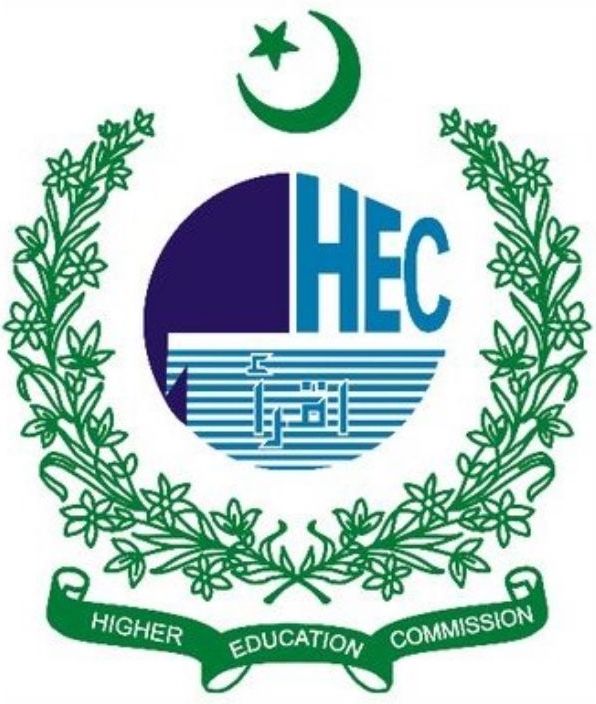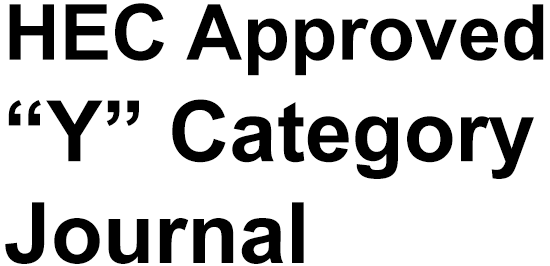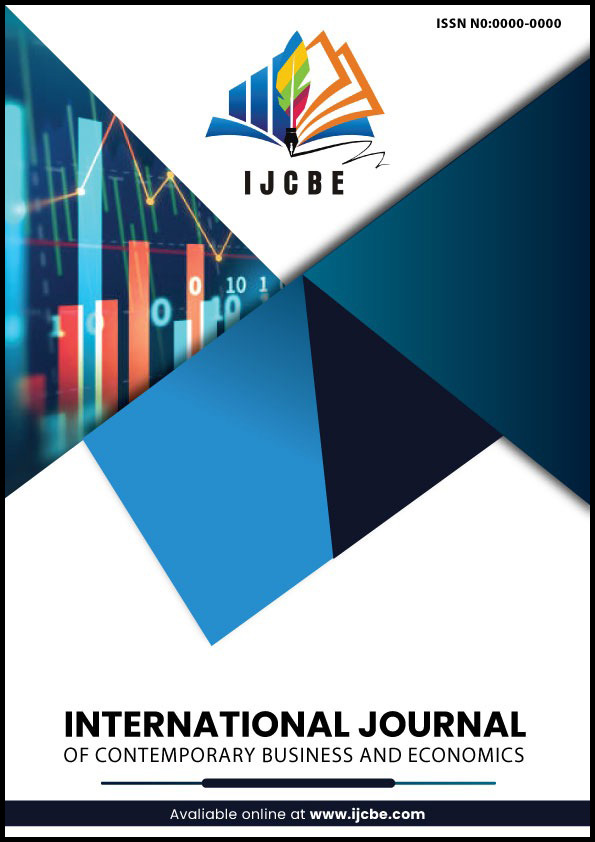The Connectedness of NFTs with Green Bonds during Turbulent Times
DOI:
https://doi.org/10.61338/ijcbe.v3i1.46Keywords:
THETA , DigiByte , Green Bonds , Quantile Connectedness , Catastrophic EventsAbstract
The swift development of technology is reforming the global landscape, including the financial markets. The rise of digital assets, for instance, Non-Fungible Tokens (NFTs), has changed investor behavior, however, it has also raised concerns about their environmental effect. Environmentally sentient firms have begun issuing green bonds to finance climate-positive projects. Concurrently, major catastrophic incidents, i.e., the Bitcoin-BTC price crash-2018, the COVID-19 epidemic, the enormous decrease in demand for oil-2020, and the Russia-Ukraine conflict, have triggered substantial market volatility, additional changes in investor sentiment, and market dynamics. This study aims to inspect the connectedness of NFTs with green bonds during the aforementioned catastrophic events. The quantile connectedness with the extreme tail of distribution approach (Ando et al., 2022) is employed, spanning the time frame of 5-March-2018 to 22-May-2024. As per static quantile connectedness, the connectedness level is low in normal market states and high in extreme market states, which is corroborated by the market integration theory. Contrarily, dynamic quantile connectedness estimations specify that all NFTs and green bond switch their function from net transmitter to net receiver of spillovers and vice versa during catastrophic events. Additionally, this study is advantageous for investors, portfolio managers, and policymakers by providing them with valuable insight and practical implications.
Downloads
Published
Issue
Section
License
Copyright (c) 2025 Rija Anwar, Syed Ali Raza

This work is licensed under a Creative Commons Attribution 4.0 International License.









